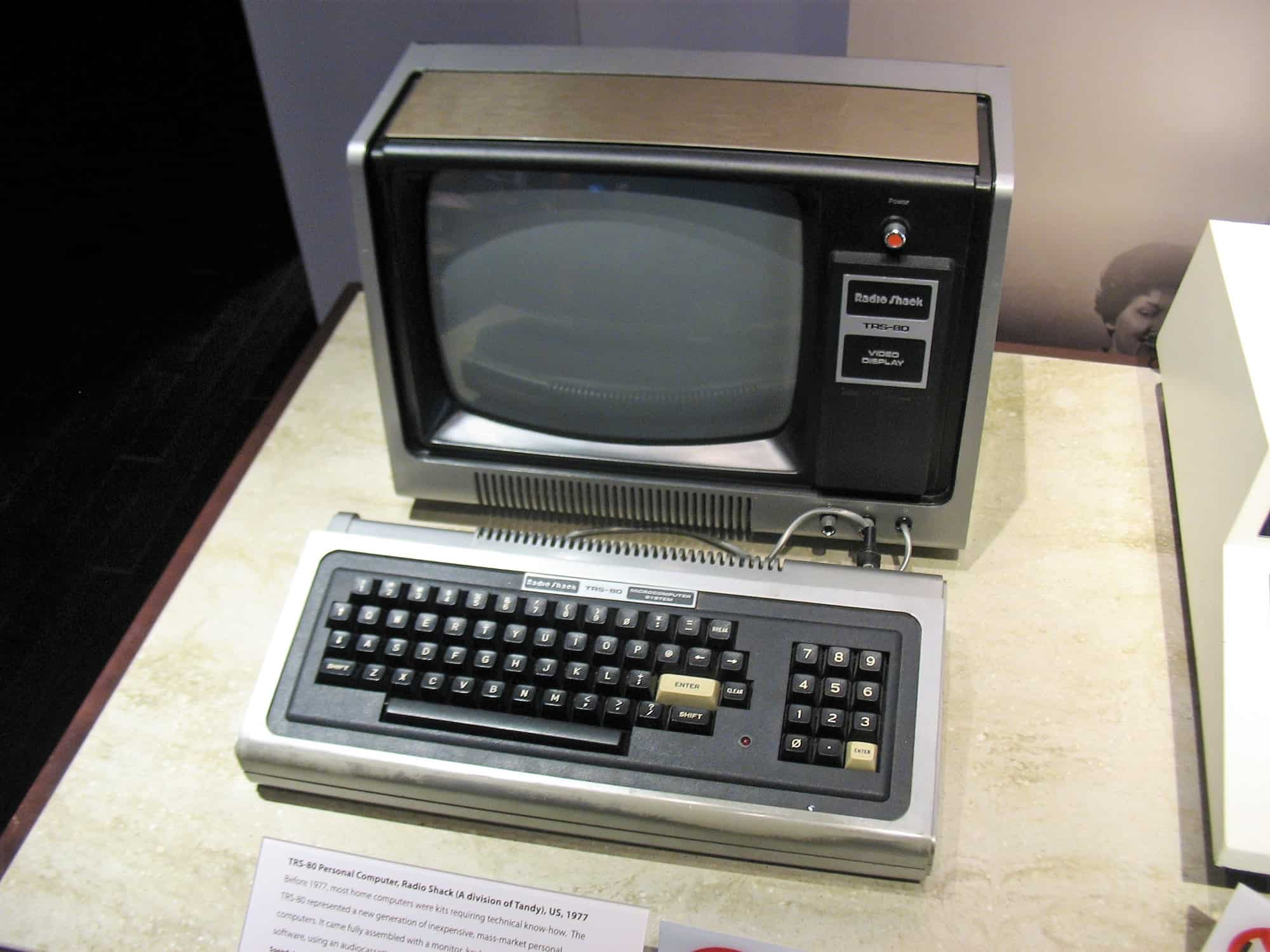The world of computers in the 1980s feels like a time capsule compared to today’s light and thin machines. Long gone are the days of multiple components making up a single computer space, as the 1980s required separate monitors, external hard drives, dot-matrix printers, and many different accessories.
Thankfully, many of the necessities of the 1980s have been condensed into today’s computers. This is especially true with laptops or all-in-one desktops, where everything is ready to go right out of the box. Still, it’s a fantastic trip down memory lane to see how far computers have come since the golden age of the 1980s.
The CRT Monitor
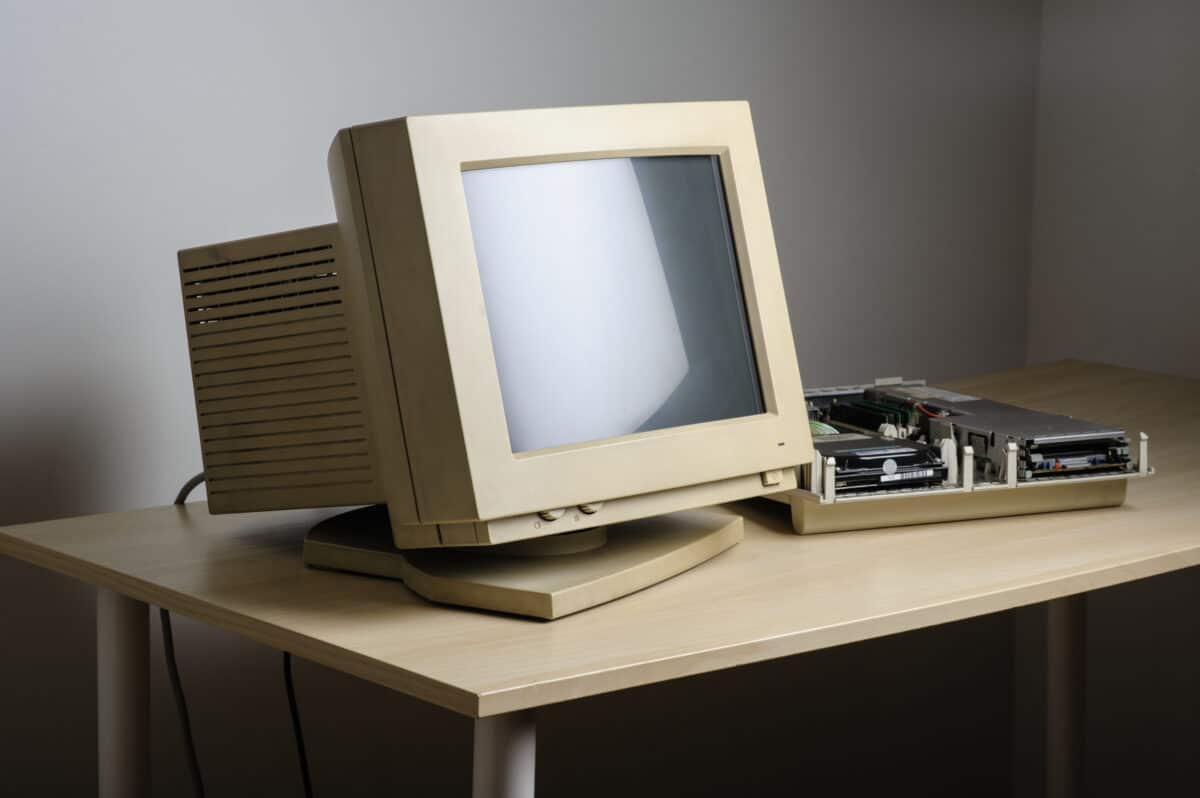
Better known as Cathode Ray Tubes (CRT), these monitor types were the most common display option during this computer era. Well before 4K monitors with IPS displays, they were disgustingly heavy and had resolutions that would make children today cringe.
Still, it’s hard to ignore this monitor type’s popularity during the 1980s. Resolutions of 320 x 200 pixels seem like an early cell phone screen these days, but this was what CRT monitors were like back in the day. Add this to a screen size of 12 or 14 inches, and they are of laughably poor quality compared to today.
Mechanical Keyboards Everywhere
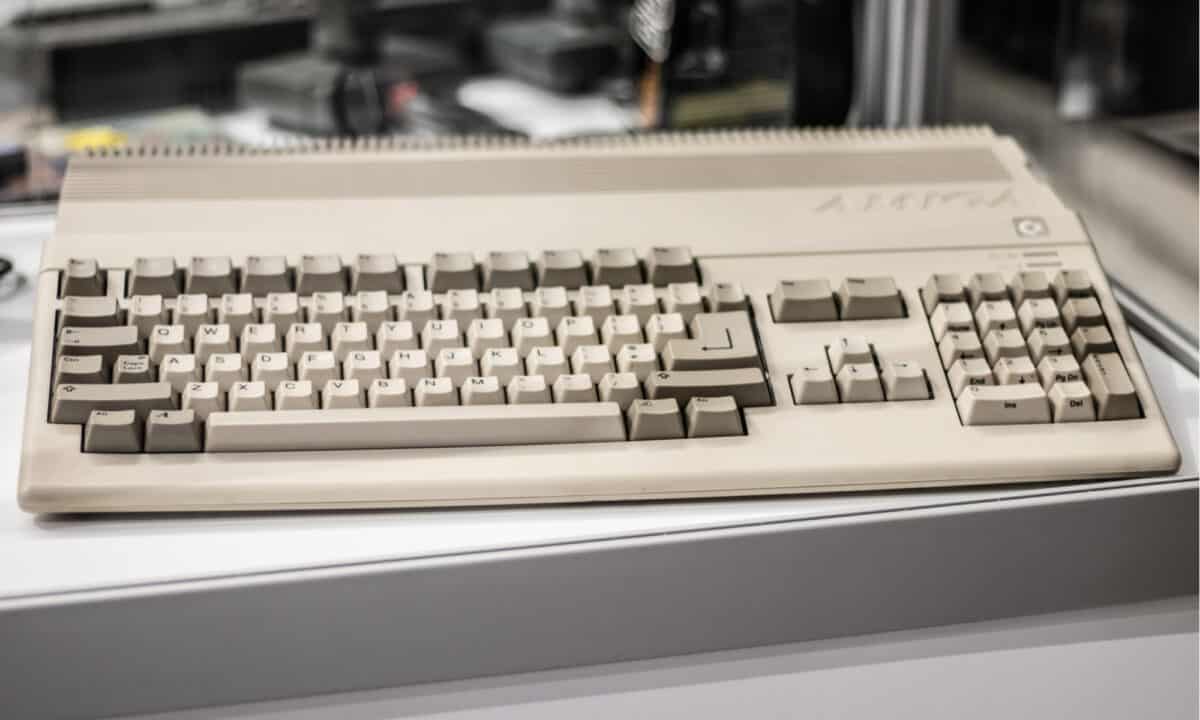
While mechanical keyboards are enjoying a renaissance recently, their original experience began in the 1980s. Think back to the IBM Model M and even Apple computers, where this type of keyboard became common and beloved by computer users during this period.
The familiarity of the “click” with every depression of a key made for a hugely enjoyable typing experience. Thankfully, keyboards were all QWERTY during this period, so there wasn’t any different kind of learning curve as there would be today.
Dot-Matrix Printers
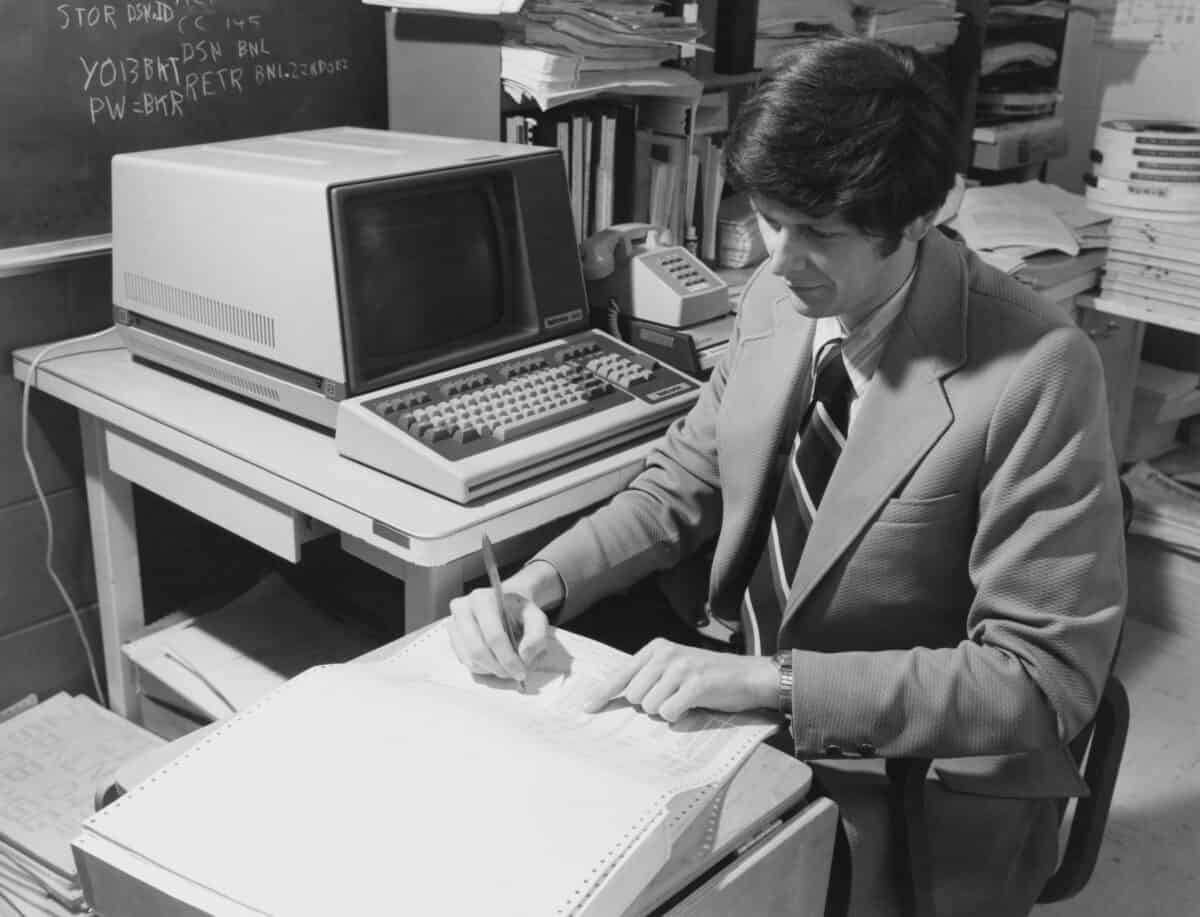
Decades before AirPrint or mobile printing, the world of the 1980s was introduced to the dot-matrix computer. Often arriving with computers as part of a package, these were commonly found in offices and homes.
Anyone who lived during this era will undoubtedly remember these printers are ridiculously slow, capable of roughly 80 characters per second. The buzzing sound that dot-matrix printers pushed out was unmistakable. If someone was printing in a home or office, everyone in the general vicinity knew exactly what was happening.
Not to mention that the print quality was subpar compared to today’s printers and that it provided only the most basic print needs.
The Beloved Mouse

With the introduction of the 1980s computer came the arrival of the mouse. Most commonly associated with the introduction of the Apple Lisa and Macintosh, the mouse changed how we navigate computers, and it all began some 40 years ago.
By the end of the 1980s, computer manufacturers were heralding the arrival of this new system, especially once they understood how much consumers enjoyed navigating new user interfaces with this point system.
Joysticks!

As the 1980s was a golden age for computers and gaming, you could pick up systems like a Commodore 64, which came with a joystick. This meant picking up and playing games like Asteroids or Flight Simulator on the Commodore and the Atari 800 was easy.
A joystick system is terrible compared to the Xbox and PlayStation controllers. However, back in the day, this system was anything but rudimentary, and it meant you could enjoy hours of fun in a whole new way, especially on cold winter days when you got the magic of snow days.
Modems
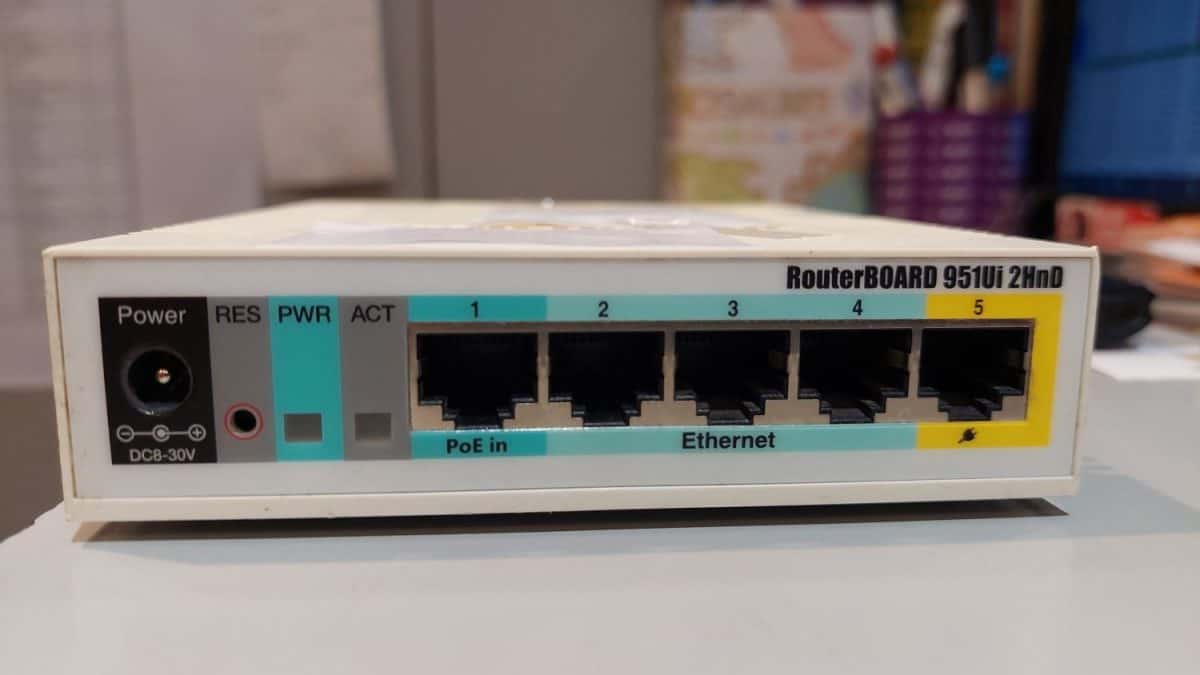
Before broadband and 5G arrived, dial-up modems became popular in the 1980s. As Bulletin Board Systems rose in use cases, computer manufacturers started including modems to help meet this new consumer demand and differentiate their machines from the competition.
Often manufactured by names like U.S. Robotics, these modems were connected via your telephone line and could be used to play games, connect with others via BBS, or download small packets of text-based information.
Speeds were very slow, but the idea of a modem would help computer users understand that the future was online.
Want to Retire Early? Start Here (Sponsor)
Want retirement to come a few years earlier than you’d planned? Or are you ready to retire now, but want an extra set of eyes on your finances?
Now you can speak with up to 3 financial experts in your area for FREE. By simply clicking here you can begin to match with financial professionals who can help you build your plan to retire early. And the best part? The first conversation with them is free.
Click here to match with up to 3 financial pros who would be excited to help you make financial decisions.
The image featured at the top of this post is ©Around the World Photos/Shutterstock.com.
